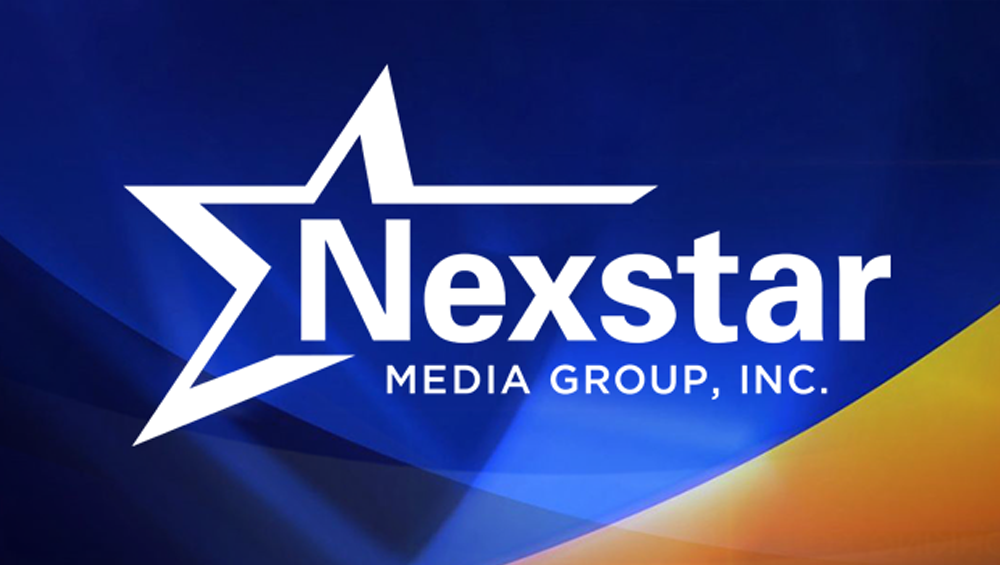
Nexstar To Implement Impressions-Based Measurement Starting Jan. 1
Nexstar Media Group will move to impressions-based advertising measurement as of Jan. 1, 2022, says Andrew Alford, Nexstar’s president of broadcasting. The change comes as Nielsen Media Research readies the incorporation of broadband-only (BBO) homes into local measurement and its own migration to impressions-based buying and selling.
“On January 1 … our stations will face a methodology change as BBO homes are included across the country,” Alford says. “We’ve seen the percentage of those homes increase significantly, and as that universe expands, there’s potential for ratings to be impacted even as the audience or universe increases. We want to have the opportunity to measure that audience as accurately as possible.”
Nexstar — the nation’s largest local television company with 199 full-power stations (including partner stations) in 116 markets covering 68% of the country — is the second station group to say publicly that it plans to make this move after NBCUniversal announced it would do so in February. Until now, TV has been measured using ratings, which represent a percentage of the overall available TV audience. For example, if the available audience is 1 million people, a 1.0 rating represents 10,000 viewers or 1% of that audience. That said, the rating doesn’t mean that 10,000 people actually saw that piece of content.
The industry is now moving toward impressions, which measure how many viewers have seen an advertisement or piece of content across platforms, including television, digital and out-of-home. With television programming now delivered across so many different platforms, a more relevant and accurate measurement system has long been needed.
Nielsen has faced controversy in the past year, having lost its accreditation from the Media Rating Council in September. This was due to problems with Nielsen maintaining its in-home set-top boxes during the pandemic when the company was unable to perform in-home visits. As a result, the sample degraded to the point where it was no longer accurate. Nielsen has said it is now working to get its panel back up to par.
Nexstar subscribes to both Nielsen and Comscore and works with advertisers and agencies using whichever service they prefer, Alford says.
“I’ve already had conversations with some agencies,” he says. “The reality is 50%-60% of business is already being transacted on impressions. Larger agencies are planning on using impressions. This is where the industry is going; everyone will be there sooner or later.”
Since January 2021, Nielsen has been testing the measurement of BBO homes in markets where set-top boxes with return path data have been deployed. That data is not live or in use yet, but it’s giving TV station executives a good sense of what those changes may bring.
One of the possible changes is that adding BBO homes into the sample will find that even fewer people are watching local broadcast television than previously thought. However, it could also make it easier to sell programming that is earning a lower rating. For example, if an advertiser declines to buy any programming rated lower than a 0.5, but impressions reveal that 15,000 people in a market are seeing that advertising, the advertiser might change that decision.
“I think moving to impressions will allow us to more accurately sell our audiences across all programs and platforms,” Alford says. “The problem with ratings is that agencies establish minimum-buying standards from a ratings standpoint. There might be a program with thousands of viewers watching that does not meet that minimum-ratings threshold but whom advertisers still want to reach.”
































Comments (0)